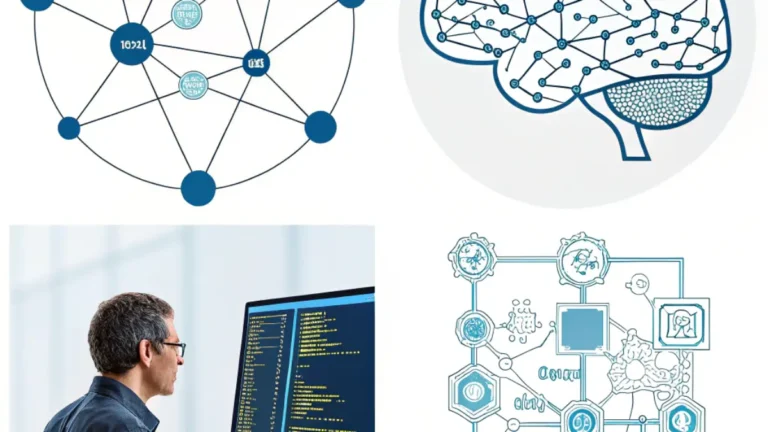
Most companies have 10+ years of distributed business data housed in disparate systems and file shares. Trying to “wing it” by figuring out data migration later or doing this manually leads to failure for several reasons:
Incomplete Data – Essential records like customers, vendors, or inventory items get overlooked without methodical planning for extraction. This causes operational disruptions after go-live.
Dirty Data – Errors, duplicate records, and data quality issues propagate without adding data cleansing tasks to the migration plan. Data errors trigger downstream reporting issues.
Unrealistic Timelines – IT and business teams underestimate the level-of-effort needed for extraction, transformation, and validations. Crunch periods pile up before go-live, raising stress levels.
Investing upfront in a data migration plan eliminates such issues by forcing precise scoping of this critical track. Outside expertise also brings an unbiased perspective about potential pitfalls.
Data Migration Plan Essentials
A good NetSuite data migration plan should cover several key areas:
1. Data Profiling and Analysis
Before extracting and transforming data, it’s vital to profile and analyze source data. This involves:
- Inventorying all upstream systems housing business data today
- Documenting data entities, their volume, and mapping to NetSuite record types
- Analyzing data quality, completeness, and anomalies that must be cleansed
This assessment steers the remainder of data migration work by capturing the as-is environment. Data irregularities discovered here get added to future ETL scripts.
2. Standardization Requirements
NetSuite recommends transaction and master record formats to enable optimal reporting. Your plan should specify:
- NetSuite record metadata fields like subsidiary, department, class that must populate on extracts
- Normalization of data like using a single date or Unit of Measure format
- Master data (customers, items) consolidation for single records
3. Transformation Approach and Tools
The plan should outline techniques and tooling intended for transforming source data into NetSuite compliant formats. For example:
- Flattening relational data into NetSuite record types
- Enriching extracts by joining disparate sources
- Adding custom fields or child records
- Cleansing data quality errors
- Preserving parent-child relationships
Whether doing this via CSV, custom scripts, SSIS or ELT tools, mapping the process is essential.
4. Loading Approach
Document the intended method for migrating cleansed data into NetSuite environments:
- Automated (via CSVs, Suitetalk web services, REST APIs)
- Manual (direct web interface data entry)
- Group migration sequences (master first, then historical transactions)
Automated loading should be designed to run without human intervention to enable cutover within narrow change windows.
5. Validation Testing
Rigorously testing migrated data quality post-load is the final – and most critical – migration step. Plan for both:
- System testing – Validate record counts, field populations, parent-child relationships
- Business user testing – Spot check reports, KPIs, historical continuity by modules
Testing validation ensures you catch gaps sooner and can re-extract or re-load before go-live locks transactions.
Leaning on Data Migration Experts
Very few companies have resident expertise to build comprehensive data migration plans encompassing the above. NetSuite partners like SuiteRep invest deeply in tools and specialized resources to satisfied clients’ data transition needs.
Some benefits include:
- Faster, repeatable plans – Utilizing proven templates and plans makes scoping data migration more efficient
- Purpose-built tools to accelerate execution– Investments in ETL automation reduces the grunt work for clients
- Lessons learned avoiding common pitfalls – Partners shorten the learning curve around migration pitfalls
- Wider lens on shadow IT systems – External consultants sometimes identify niche operational systems ad hoc Excel extracts companies forget to include!
While engaging data migration expertise has a services cost, this pales in comparison to the expenses caused by business disruption from inadequate data transfers. Investing in a solid data migration plan generates substantial ROI in risk mitigation and faster speed to realize NetSuite benefits.
Why Choose SuiteRep for NetSuite Data Migration?
SuiteRep offers specialized Migration services supporting well-architected transitions into NetSuite. Some reasons to consider our data migration expertise include:
Battle-Tested Methodology
Our proven 7-step NetSuite implementation methodology covers key facets outlined in this article to de-risk legacy data movement into NetSuite. We validate quality via 300+ control points to meet business KPIs.
Deep Technical Chops
Our teams boast 20+ years of hands-on experience extracting data from 100+ different source systems. We rapidly assess feasibility, recommend optimal automated techniques, and provide effort estimates.
Accelerator Tools
We invest in various purpose-built tools to expedite migration factory processes. These include:
- Cloud-based Conversion Manager to streamline assessments
- Custom ETL scripts handling 80% of transformations
- Cloud Data Warehouse to buffer volumes before loading
- Automated Validation Framework assessing 300+ validation points
Business User Validation
We embed customer SMEs during migration testing to confirm historical continuity per modules. This ensures the quantitative AND qualitative integrity of transitioned data.
Migrating business critical data into NetSuite is too strategic an exercise to leave outcomes to chance. Lean on data migration experts like SuiteRep to engineer an orderly cutover from legacy systems.




